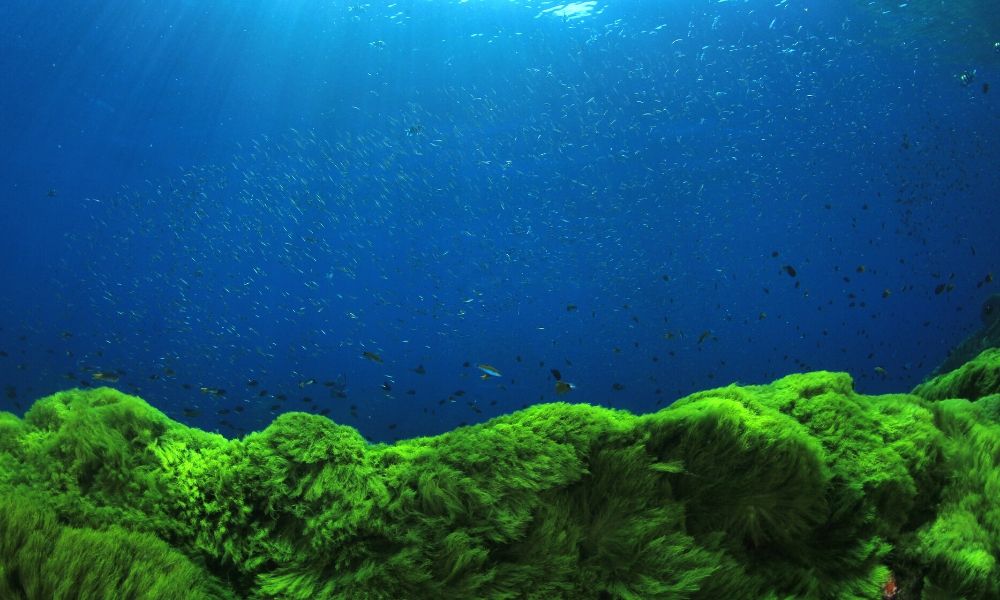
Algae play a crucial role in the success of many ecosystems around the world. Though it does play an important part in the diet of many animals and the water quality of many aquatic systems, algae can also spell trouble if amassed in large quantities or if it enters into water storage systems. Understanding how algae affects water will help you better recognize and treat algae formations in your own water systems.
What is algae?
To properly understand how algae affects water, one must first understand what algae is. Algae can come in many shapes and sizes, and there is some contention as to the general definition of algae within the scientific community. Algae includes organisms ranging from single-cell microalgae to multicellular organisms—such as giant kelp—and can be found in various ecosystems and climates around the world.
When speaking of algae, most people refer to the single-celled, eukaryotic organisms that rely on photosynthesis for reproduction. This type of algae relies on sunlight to develop and reproduce, and though it can be formed in both freshwater and saltwater systems, it’s more commonly found in areas that experience a milder climate.
How algae affects water
When algae are present in an ecosystem in a safe quantity, there is virtually no danger, and they function simply as any other plant in the system would. The trouble comes, however, when the algae amass in large quantities and overtakes the majority of the water in the aquatic system. This is called an algal bloom. An algal bloom refers to the rapid increase in the number of water algae within a given aquatic system. An algal bloom will generally cause a slight discoloration in the water due to the sudden, vast quantity of their pigments.
Algal blooms may not seem threatening at first glance, but they can cause significant problems for the other flora and fauna in a given ecosystem. Dangerous algal blooms may produce natural toxins which can cause significant harm to the other inhabitants of the aquatic system or may create dead zones within the water. On a larger scale, algal blooms can severely impact the quality of safe drinking water, causing additional measures to be taken to treat the water. This effectively raises the cost of drinking water as a result.
How algae impacts water storage
As we’ve stated, algae and algal blooms are most commonly found in natural aquatic ecosystems. However, they can also form in water storage systems, including water tanks and water cisterns. Since algae forms and flourishes under sunshine and relies upon photosynthesis to survive, water tanks and cisterns that are placed in direct sunlight are most at risk for developing algae. Even more opaque water tanks can allow some sunlight into the tank, thereby inviting algae the opportunity to grow.
The best way to stop algae in water tanks from forming in the sun’s rays is to line your tanks with high-quality tank liners. Doing so will help block out even the slightest rays of sunshine and protect your water from the harmful effects of algae and algal blooms.
